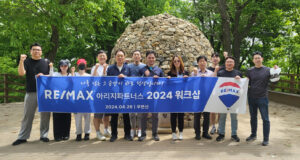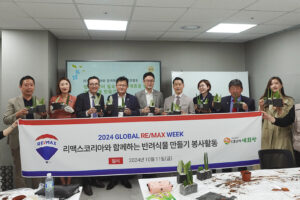In recent years, various tax rates on housing have been strengthened. In particular, it is virtually impossible for those who own more than two houses or acquire and own houses as a corporation. In the case of housing, the intention was to prevent tax-saving strategies through corporations, but there are various negative effects due to sudden legislation. A representative example is the deterioration of the private rental housing system.
The next problem is corporate housing acquisition tax. In cases where corporations acquire housing, they are still heavily taxed at 12%. Third, since the comprehensive real estate tax rate is 2.7% for two or fewer houses, it is no exaggeration to say that acquiring and owning a house as a corporation is virtually a lump of tax. In addition, since loans for corporate housing acquisition are virtually prohibited, it is almost impossible to acquire a house under the name of a corporation.
The ones who are more worried are those who own commercial and residential properties under their own names. If a commercial and residential property is owned by a single home owner and the period of direct residence is long, it may seem like it is better to apply tax exemption when transferring it, but in reality, when calculated, this is not the case in many cases. This is because a tax exemption limit has been established for expensive homes. In the case of residential real estate in Seoul, it is often worth several billion won. In the case of commercial and residential properties, even if the total area of the house is larger than the total area, the entire building is not subject to tax exemption for housing, and for transfer profits exceeding 1.2 billion won, it is applied as an expensive home and cannot be subject to tax exemption. In Gangnam, there are many cases where the upper floors of a building are used as housing and the lower floors are rented out to neighbors, and if appraised, the real estate value is usually over 10 billion won. Considering the floor area ratio and building coverage ratio, there are houses that are used as housing with an area of close to 100 pyeong, and the appraisal value alone is close to 5 billion won.
The problem is the neighborhood part other than the house. It is also difficult to convert to a corporation due to the house. The acquisition tax for the house is 12%, and the house is no longer subject to the transfer income tax carryover tax. As we have seen above, there is no tax-saving measure for an individual for a building worth 10 billion won. You have to convert to a corporation somehow, but if it is a combined house, it is an obstacle to converting to a corporation. The only way is to convert to a multi-unit building. You can register the land as a land right by dividing the building into a neighborhood and a house. Of course, since the land right area of the house and the building can be determined during the land right registration process, it is possible to distribute the land area differently from the house area of the building. After the sectional registration, the corporation conversion only needs to proceed with the neighborhood part excluding the house. Recently, there has been an interpretation that when converting to a corporation in a sectional ownership-sharing relationship, a specific location in the building can be converted to a house and only the remaining neighborhood can be converted to a corporation, but there is still a difference of opinion on the acquisition tax imposition, so it is unclear whether it will be applied in practice. This is because it is ambiguous to specify the area for the house acquisition tax. When a multi-purpose house is divided through a separate registration, the house and the neighborhood are separated, making it easier to devise various tax-saving strategies.


Star, a World Class Korea company, is a consulting brand that aims to provide diverse and convenient services to tax accountant customers by strengthening the service capabilities of tax accountants and connecting them with a network of experts in other fields so that tax accountants can become the center of consulting.




